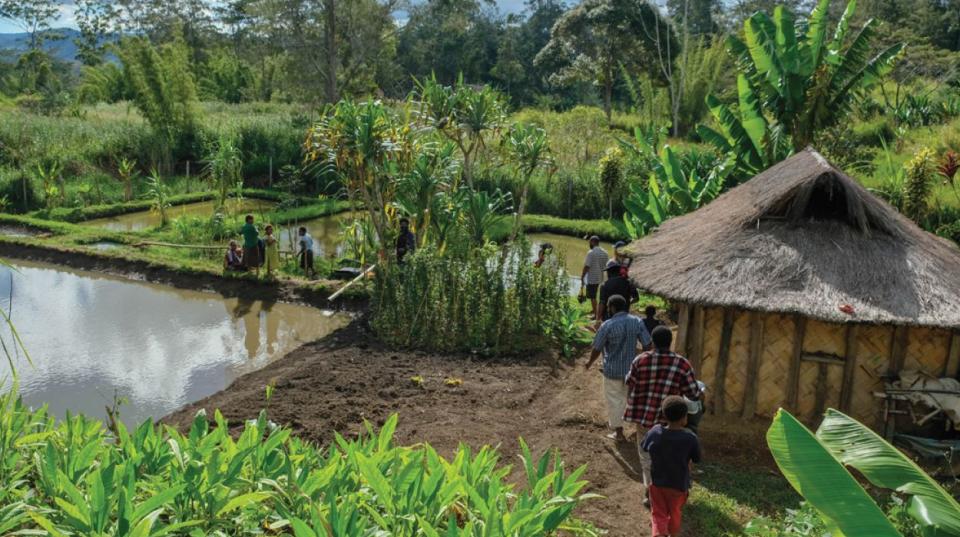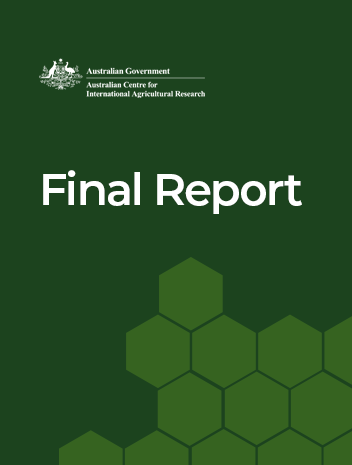Overview
This project aimed to increase the production of tilapia and carp using low-cost and farmer-friendly technologies to improve food and income security for smallholders in Papua New Guinea (PNG).
Approximately 80% of people in PNG are unemployed, with most living in rural areas where access to animal-based protein is limited. Small-scale chicken and pig farming does not meet protein needs, with high feed costs a constraint. In addition, most households lack refrigeration, and fresh meat and tinned meat and fish are prohibitively expensive.
The pond-based production of genetically improved farmed tilapia and European carp is rapidly expanding in PNG’s rural areas. However, production levels are hampered by an inadequate supply of quality fingerlings, poor broodstock management practices, the cost and availability of formulated fish feed and fertilisers, and a widespread lack of knowledge about fish husbandry and pond management.
This follow-up project continues research on resolving industry constraints in order to improve food and income security in rural areas and increase the social benefits of aquaculture.
Project outcomes
- Adoption of better management practices by farmers leading to higher yields and table-size tilapia and carp.
- Incorporation of SWOT analysis findings and strategic aquaculture development plans into decision-making processes at the NFA, National and Eastern Highlands Province Department of
- Agriculture and Livestock, and other agencies, and the Government’s aquaculture policy and development plans.
- Greater research and management capacity enabling the Highlands Aquaculture Development Centre to strengthen its position as the national centre for broodstock management and research.
- More targeted funding interventions by NFA to foster sustainable growth of the industry, particularly the PDF funding scheme and provincial grants for aquaculture development.
- Increased access to fish-based protein in rural areas, contributing to better nutrition and health of children, the elderly and people affected by disease and potentially the quality of life and longevity of people affected by HIV/AIDS.
- Greater community participation in fish farming as a livelihood.
- Lower fish production costs, better survival of stocked fingerlings, sustainable growth of the sector and greater profitability for farmers.







